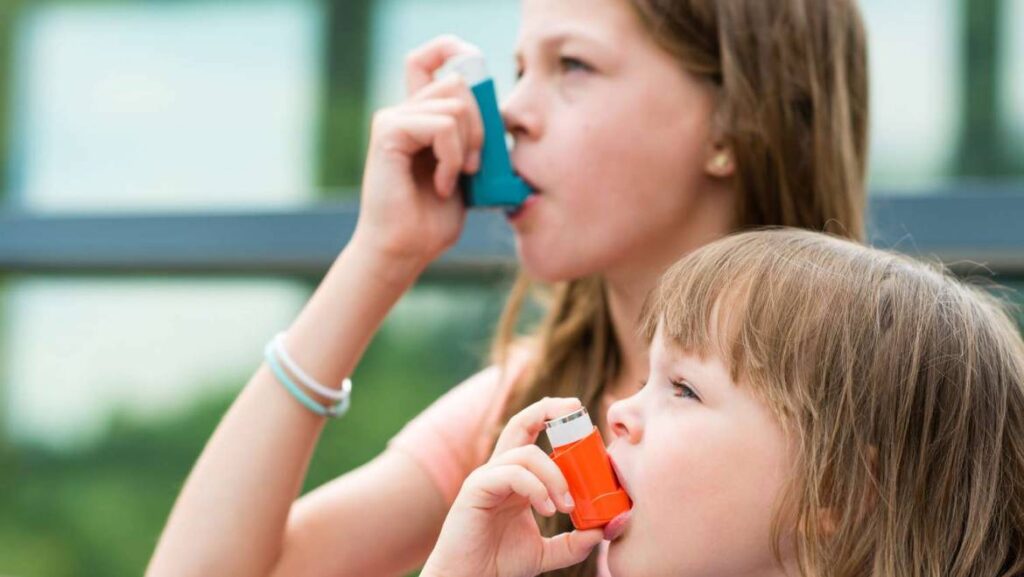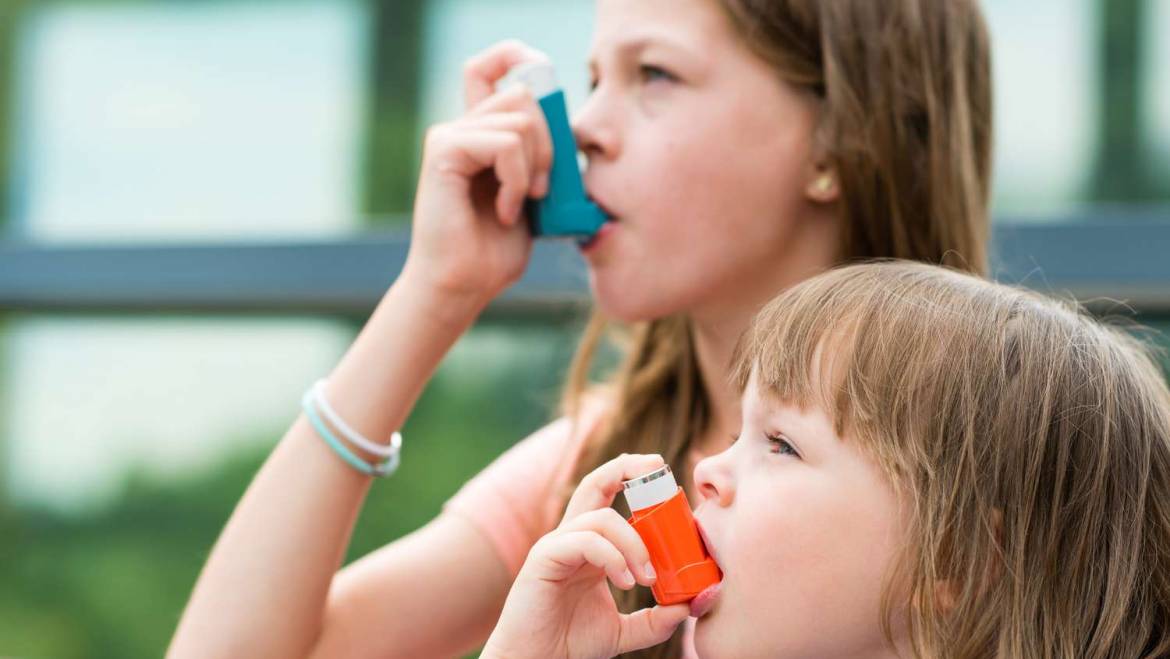
Six million children in the US suffer from asthma, a common respiratory ailment, according to data made public by the CDC (Centers for Disease control and prevention). Chest tightness and frequent coughing are common in children. Approximately one-third of preschool-aged children experience these symptoms before turning six, but forty percent of these preschoolers who wheeze will go on to have asthma in the future. The majority of older school-age children suffer from asthma. The regulation of asthma has an impact on the quality of life for patients. Sleep disturbances and airflow restrictions brought on by exercise negatively impact children’s involvement in sports and other activities, as well as their family life. Children may require hospitalization or ER visits if their asthma isn’t effectively controlled. Children may find this very frightening. who are unaware of what is going on with them.

Thankfully, you may guarantee your child’s health throughout their lives by managing their illness. Together, parents and an asthma specialist can develop an asthma management plan that will enable your child to participate in all activities, including sports, that other kids can engage in.
Signs and symptoms
Asthma is not communicable and can strike at any age. Breathing becomes difficult during an asthma attack due to the swelling and constriction of the tubes that deliver air to the lungs. The symptoms of asthma can vary from a cough that lasts for several days or weeks to an acute and severe incapacity to breathe. Typical signs of the illness include:
Coughing, particularly in the evening
wheezing, or making a whistling sound, particularly while exhaling
chest tightness
recurring colds thattuck into the chest
respiratory issues or rapid breathing that pulls in the skin around the ribs or neck.
It’s possible that your youngster is experiencing multiple symptoms or just one of them. At first, you believe it to be a simple cold or perhaps bronchitis. But now is the ideal moment to see an expert if the symptoms return. An asthma attack can be brought on by pollen, dust mites, pet dander, weather changes, and viral illnesses like colds. By avoiding these triggers, you can lower your child’s chance of having an asthma attack.
Handling children’s asthma
Children who have asthma need to be treated appropriately. By collaborating with you to create an asthma management plan, a physician can assist your kid in achieving long-term control. Your child can breathe easier, go to school on a regular basis, and sleep through the night with the correct treatment plan. The asthma management plan will assist you in determining when your child’s symptoms are under control, when dose modifications are necessary, and when you need to call for emergency assistance.
Two essential elements are involved in managing asthma:
Upkeep
remedies for relief.
In terms of maintenance, therapy is regarded as the cornerstone of asthma care, with the aim of eliminating the need for reliever medicine. The usage of painkillers indicates inadequate asthma management.
Rapid relief: To alleviate coughing, wheezing, shortness of breath, or unexpected asthma episodes, all asthmatics need to take quick-relief medications. This medication should always be carried by your kid, who should use it right away if their asthma symptoms start.
Preventive (controllers): To stop asthma symptoms and episodes, many kids with asthma need to take controller medication. If your kid uses the quick-relief medication too frequently or needs oral corticosteroids like prednisone frequently for asthma attacks, they may need a controller medication in addition to an asthma preventative plan.
non-pharmacological method
In addition to educating caregivers about modifiable risk factors and comorbidities, non-pharmacological ways to managing asthma include yearly asthma screenings to evaluate asthma control and future risk. Improving caregiver and child comprehension of asthma symptoms and management requires education.
It’s critical to keep yourself safe from environmental triggers for asthma symptoms, such as secondhand or personal tobacco smoke, food or medication triggers, pollution, and irritants. Patients with atopic disorders have been found to have a high prevalence of vitamin D insufficiency. Research has indicated that insufficient levels of vitamin D may be linked to immune system disturbance and exacerbation of reactive airways. More screenings and the right supplements could help with atopic illnesses like asthma.
The decision!
The goal of treating asthma is to get the symptoms under control, although very few people are able to do so completely. While a misdiagnosis or inadequate inhaling technique could be the cause, non-adherence is typically the primary cause of treatment failures. To define personalized treatment goals and potentially enhance control, parents’ cooperation with the child is crucial. Making lifestyle adjustments like avoiding allergies and tobacco smoke can be beneficial.





